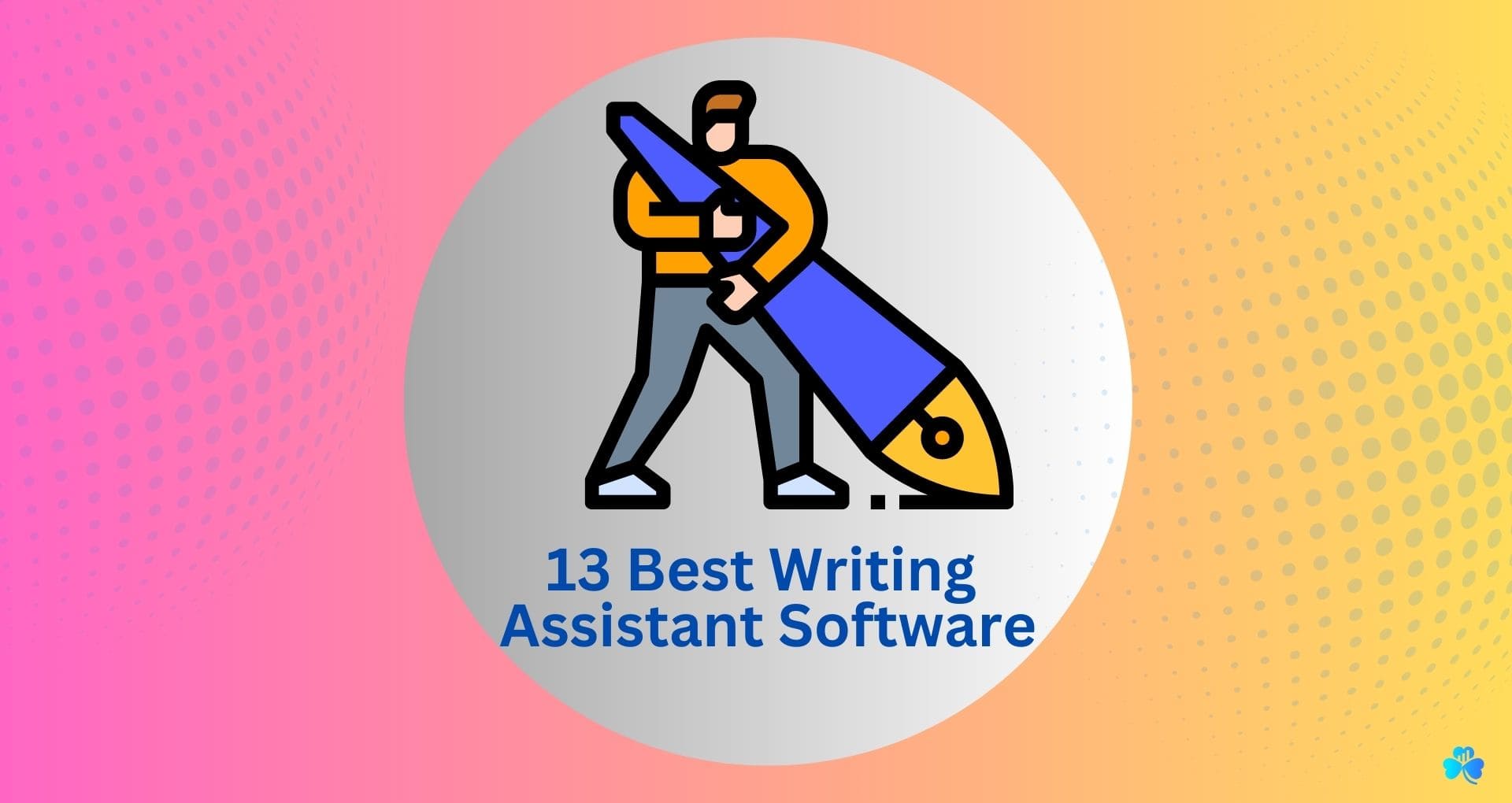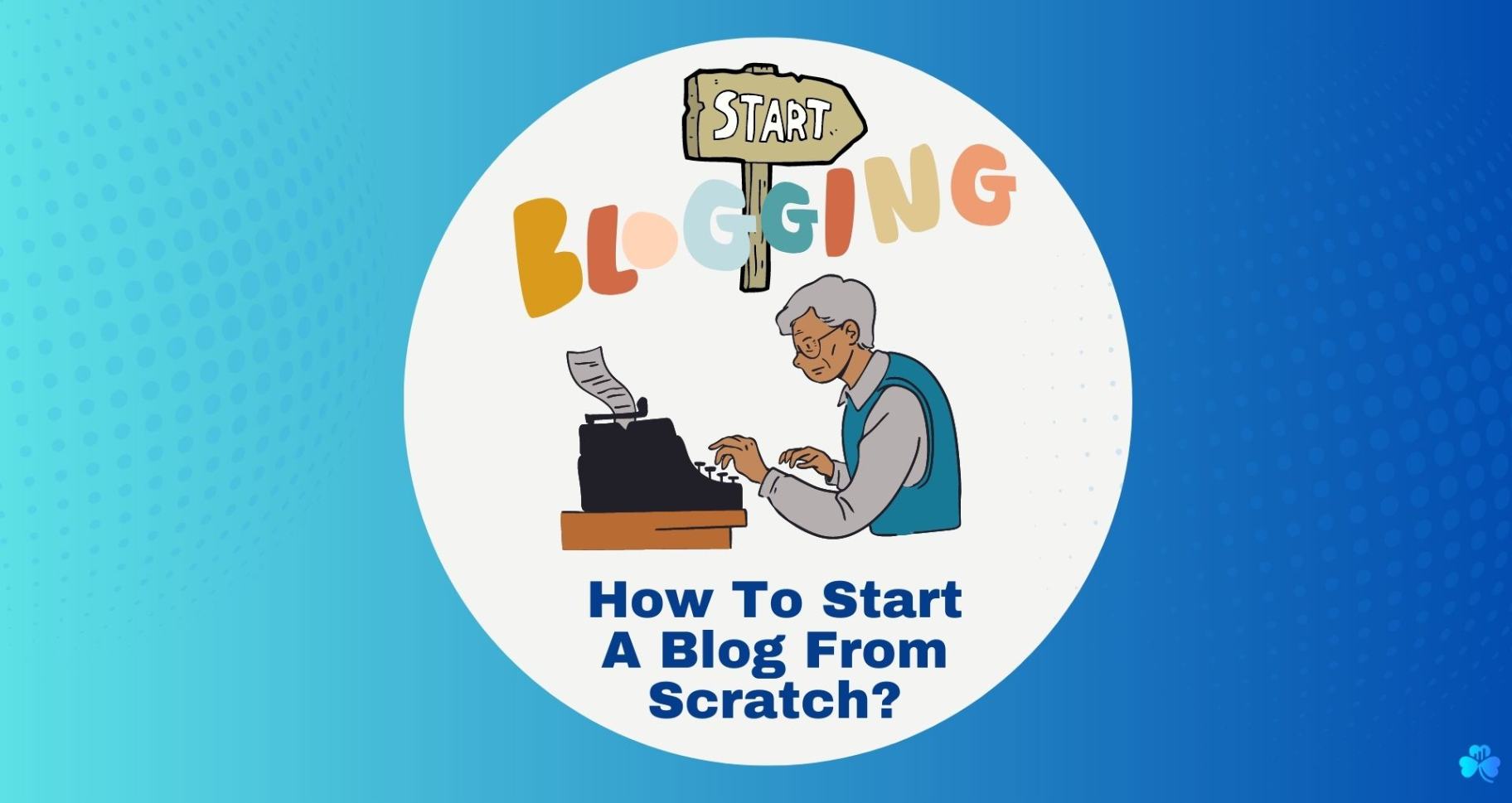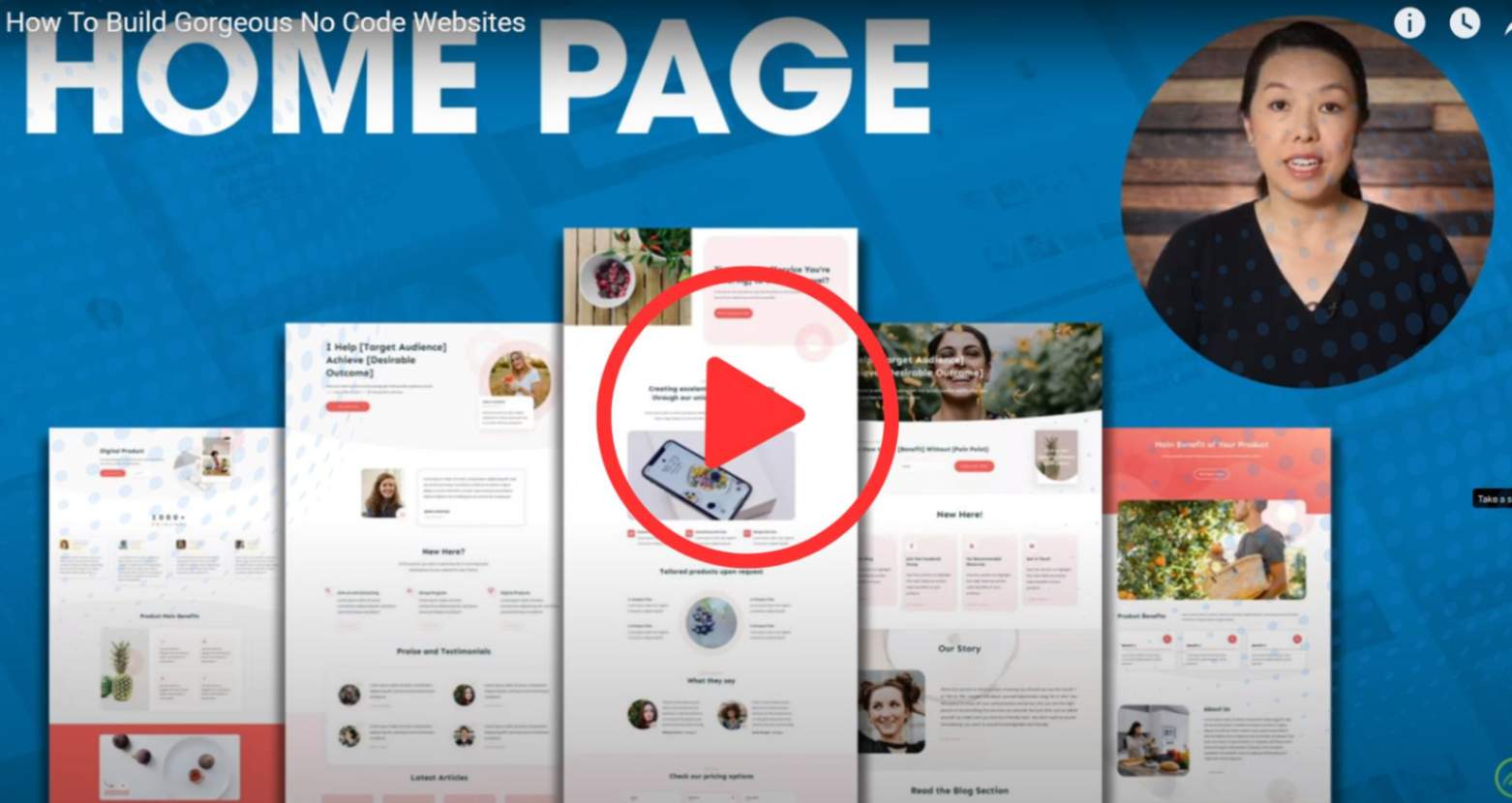Ready to share your voice with the world? Dive into our comprehensive guide on starting a blog from scratch and see if it's worth the leap!
Have you ever considered starting a personal blog
from scratch? If so, you're in the right place.
Here we are going to teach you how to create a blog and monetize it to earn some extra cash.
Blogging or money blogging has become increasingly popular in recent years and for a good cause.
It allows you to express yourself creatively, build a brand, and connect with like-minded individuals worldwide.
Whether you're interested in travel, food, fashion, or anything in between, creating a blog can be a fun and rewarding way to explore your passions and share your unique perspective with others.

However, creating a blog from scratch can seem overwhelming at first.
With so many different platforms, hosting providers, and content strategies, getting lost in the details takes a lot of work.
That's why we've compiled a comprehensive guide on how to start a blog from scratch. Our easy-to-follow steps will take you from the initial concept to a fully functioning blog you can be proud of.
So, if you're ready to take the leap and start your own blog, keep reading.
This article might contain referral links from our chosen partners, that may bring us a small commission at no additional cost to you. Please read our disclosure page for more details.
Blogging for Students: Is It Worth It?
Yes, blogging can be worth it for students as it can provide a platform for them to express their ideas, share their knowledge and experiences, and connect with like-minded individuals.
Besides, Blogging can also be a good source of income for those students who can attract a large audience and monetize their content in just a few clicks,
through advertising, sponsorship, affiliate marketing, or other revenue streams.
While it may take time and effort to build up a large enough following to generate significant income, many bloggers have been able to turn their blogs into full-time careers.
So, if you are ready to start a blog, the following is a complete guide that can help you.
see also our post: 11 Ways To Earn Money Online Without Investment For Students
How to Start Your Own personal Blog from Scratch? Easy-to-Follow Steps
Starting your blog seems difficult, but not when you have the right direction. In order to help you, the following are the detailed steps you must follow to create your blog on your own.

These steps will help you learn how to start a blog from scratch.
Step #1: Define Your Niche and Target Audience
Defining your niche and target audience is the first and most important step when building a blog.
Learn More: 54 Easy Blogging Niches with Low Competition In [2023]
It involves identifying a specific area of interest or expertise that you want to focus on and then determining who your ideal readers or customers will be.

Here are some details on this step:
►Define Your Niche
Your blog's niche is the specific topic or subject matter that your blog will focus on. This could be anything from food and travel to technology and business.
Choosing a niche that you are passionate about and knowledgeable in is important, as it will make it easier for you to consistently produce high-quality content and establish yourself as an authority in your field.
► Identify Your Target Audience
Once you have defined your niche, the next step is to identify your target audience. These are the people who are most likely to be interested in your content and become regular readers or customers.
You can do this by creating reader personas or customer profiles that describe the demographics, interests, and behaviors of your ideal audience.
►Research Your Competition
Before you start creating content, it's important to research your competition and see what other successful bloggers or businesses are already operating in your blog niche.
This will help you to identify gaps in the market, as well as opportunities to differentiate yourself and offer something unique and valuable copared to other blogs.
►Refine Your Niche and Target Audience
As you begin creating content and engaging with your audience, it's important to continually refine your niche and target audience based on feedback and analytics.
This may involve narrowing your focus even further, shifting your content strategy, brainstorm blog topics or adapting your messaging to better bond with your ideal audience.
Overall, defining your niche and target audience is crucial for creating a successful and profitable blog.
By focusing on a specific area of expertise and tailoring your content to the needs and interests of your ideal readers or customers, you can build a loyal following and establish yourself as a trusted authority in your field.
Step #2: Choose a Domain Name and Web Hosting Provider
Choosing a domain name and hosting provider is the next important step in starting a blog.
When you start a blog, you need a website address where people can find your blog on the internet. This website address is called a domain name.
For example, if your blog is about food, you might choose a relevant domain name like "deliciousfood.com" or "yummysnacks.net." A domain name can end with different suffixes like .com, .net, .org, and so on (always try to choose a ".com" prefix if you can, since it is always perceived as being more trustworthy)
One piece of advice for choosing your blog name, is to choose wisely so that you do not "pigeonhole" yourself with your blog name.
For example, let's say you decided to go for the fitness niche, try to choose a name that is not too specific for example-HarpersFitness.com
This is better than yogafitness.com because if you find the niche about yoga is not working for you, it is very difficult to pivot into other topics other than "Yoga" for example- topics such as reviewing best boxing gloves or tennis rackets!

►Get a Domain Name
To get a domain name, you must register it through a domain registrar, a company that sells domain names.
Some popular domain registrars are GoDaddy, Namecheap, and Bluehost. You can search for available domain names using their search tools.
When you find a domain name that you like and is available, you can purchase it for a yearly fee, usually around $10 to $20 per year.
Note: You can also get a free domain name from different platforms, but they are not recommended as those platforms aren't trust worthy.
►Choose a Hosting Provider
Once you have your custom domain name, you need a place to store the files that make up your blog, like the text, images, and videos.
This is where a web hosting plan comes in. A hosting provider is a company that rents you space on their servers, which are powerful computers that are always connected to the internet.
The hosting provider stores your blog's files and makes them available for people to access on the internet.
There are many web hosting companies to choose from, and they offer different plans with different features and prices.
Some popular hosting company are Bluehost account (with Bluehost it can automatically install wordpress) , SiteGround, WXP and HostGator. Our choice is WXP, because it is fast cheap and reliable.
When you choose a hosting plan, you need to consider factors like how much storage and bandwidth you need, how reliable the hosting provider is, and how good their customer support is.
To start a brand new self hosted wordpress blog, 2 GB storage should be enough to start and you can increase the storage as your blog grows.
It is possible to start your blog on free platforms, such as Blogger or medium, however I would not recommend these platforms for the long term, since you have little controll on publishing and rankings.
►Set Up Your Domain and Hosting
Once you have your domain name and blog hosting, you need to connect them.
This is usually done through the domain registrar's website, where you can update the domain's DNS settings to point to your hosting provider's server.
This way, when people type your domain name into their web browser, they will be directed to your blog's files on the hosting provider's server.
Step #3: Install a Blogging Platform and Design Your Website (WordPress Blog)
Now that you have your domain name and hosting set up, it's time to install a blogging platform and design your website.
A blogging platform is a software that allows you to create and manage your blog. There are many different blogging platforms available, but the most popular one for new bloggers is WordPress.

WordPress is a free and open-source content management system (CMS) that powers over 40% of all websites on the internet.
It's easy to use and has a wide range of features and wordpress plugins that make it a great choice for bloggers.
So, it's recommended to install WordPress for your blog. Here are the steps that you should follow:
►Log in to the CPANEL of your web Host
To install WordPress, you need to log in to your hosting provider's control panel, where you can find a one-click install option for WordPress.
This will install WordPress on your server, and you can then log in to your WordPress dashboard using your domain name and the login credentials provided by your hosting provider.
►Design your Website
Once you're logged in to your WordPress dashboard, you can start customizing your blog's design.
WordPress has thousands of paid and free wordpress themes available that allow you to change the look and feel of your website.
You can also customize the blog theme further using a drag-and-drop page builder like thrive suite, Elementor or Beaver Builder. An excellent Free theme that is well worth checking out is Kadence.
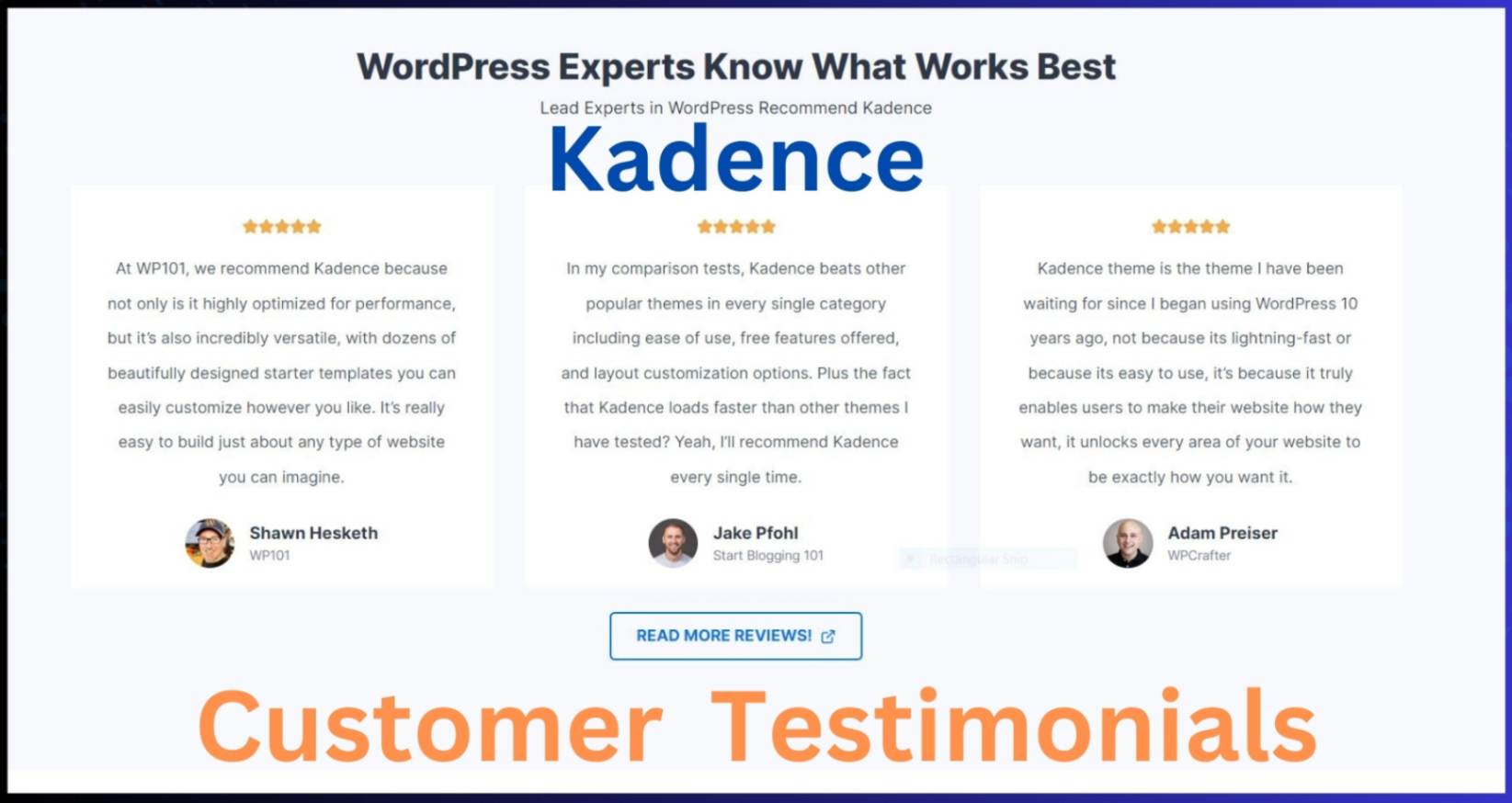
Kadence- wordpress theme, customer testimonials
see also our post: Thrive Suite Review [2023] – Is It The Ultimate Page Builder?
Check out this short video below showing you a few cool features of how easy it is to build a gorgeous website with Thrive Suite.
►Create Pages
In addition to the design, you also need to set up the basic core blog pages of your blog, such as the About page, Contact page, homepage page, contact page, blog page, and any other pages that are relevant to your niche.
You can create these pages using the WordPress editor and customize them using different page templates and plugins.
►Customization
Finally, you need to set up the basic settings of your blog, such as the site title and description, the permalink structure, and the comments and discussion settings.
These settings can be found in the WordPress dashboard under the Settings menu.
Overall, installing a blogging platform like WordPress and designing your WordPress blog can be a fun and creative process.
You can experiment with a different wordpress theme and page designs to find the perfect look for your blog.
Just remember to keep your target audience in mind and create a website that is easy to navigate and visually appealing.
Step #4: Create and Publish Content on a Regular Basis
Once you have your blogging platform and wordpress site set up, it's time to start creating content for your blog. Your content is the backbone of your blog, and it's what will attract and keep your readers engaged.

When creating content for your blog, it's essential to keep your niche and target audience in mind.
Your content should provide value to your readers and answer their questions or solve their problems. You can also share your own experiences and insights on topics related to your niche.
To create high-quality content, here are the steps you should follow.
►Keyword Research Using Semrush or Ahref
To create content that appeals to your target audience, you need to know what they're searching for online.
Use keyword research tools like Semrush or Ahrefs to find keywords and phrases that are relevant to your niche and have a decent search volume.
This will help you create content that people are looking for and optimize it for search engines.
►Content Planning
Once you have a list of keywords, use them to brainstorm content ideas for your blog.
Plan your content in advance using a content calendar to help you stay organized and consistent in your publishing schedule.
►Create A Topical Map
A topical content map is an organized outline that puts content ideas into groups based on certain themes.
This helps with planning and making content. It helps make sure that subtopics within a larger topic are covered in depth and that they match the user's interests and search intent.
It may sound complicated but if you sign up for free to ChatGpt and put these two prompts, which I personally use for my blogs, into the software you will get useful content maps to get you started.
Prompt 1#
You are an SEO specialist.
Construct a topical map with a combination of keywords on which I may produce authoritative articles that are both informative and transactional about [EnterYour Topic Here eg. Fitness]
Prompt 2#
Generate 20 semantically relevant, but unique topics in the main category of [Your Category Here eg. personal finance]
Then give me ten distinct keyword variants that each target a different search intent.

►Create Content
When it comes to creating content or your first blog post, make sure to follow the best practices for writing engaging and informative blog posts.
You can get different blog post ideas from keywords that people are using to search on google.
Use headings and subheadings to organize your content, break up long paragraphs, and use bullet points to make your content easier to scan.
Make sure your content is original and adds value to your readers.
You can use a tool like Copyscape to check for plagiarism and grammarly to check grammer structure and autograph faults.
you can speed up the writing process with ai software like Jasper.ai
► Create Images
Images can help break up your content and make it more visually appealing.
Create high-quality images that relate to your content or use stock images from websites like Unsplash or Pexels.
Make sure to optimize your images for the web by compressing them and adding alt tags.
► Upload the Content or Blog Post on Your Website
Once you have created your content or first blog post and images, upload them to your WordPress blog.
Make sure to use relevant categories and tags to help organize your content and make it easier for your readers to navigate your website.
► On-Page SEO Practices
To optimize your content for search engines, make sure to use your target keyword in your post title, URL, meta description, and throughout your content.
Use internal linking to link to other relevant content on your website and external linking to link to authoritative sources.
We use Keysearch as an efficient and cost-effective way to find our keywords.
► Publish the Content
Once you have uploaded and optimized your blog post, publish it on your website.
Make sure to share your new blog post on your social media channels and other marketing channels to attract more readers and drive traffic to your website.
By following these steps and creating and publishing high-quality content on a regular basis, you can attract and retain a loyal readership for your blog.
Step #5: Promote Your Blog Through Social Media, Guest Posting, and Networking
Creating great content or blog post is just the first important step toward building a successful blog.

You need to promote your blog using various channels to reach a wider audience. Here are some effective ways to promote your blog:
►Social Media
Social media platforms like Facebook, Twitter, Instagram, medium and LinkedIn are great channels to promote your blog.
Share your blog post on your social media profiles, use relevant hashtags, and engage with your followers to increase your reach and visibility.
►Guest Posting
Guest posting is when you write and publish articles on other websites or blogs in your niche. This allows you to tap into a new audience and attract new readers to your blog.
Look for websites that accept guest posts and pitch them your ideas.
They will publish blog posts to their site and give a link to your site; this will benefit you in terms of promotion.
►Networking
Networking with other bloggers and influencers in your niche can help you build relationships, gain exposure, and attract more readers to your blog.
Attend blogging events, join blogging communities on social media, and participate in online forums to connect with other bloggers.
►Email Marketing
Email marketing is a great way to promote your blog and keep your subscribers engaged with your content.
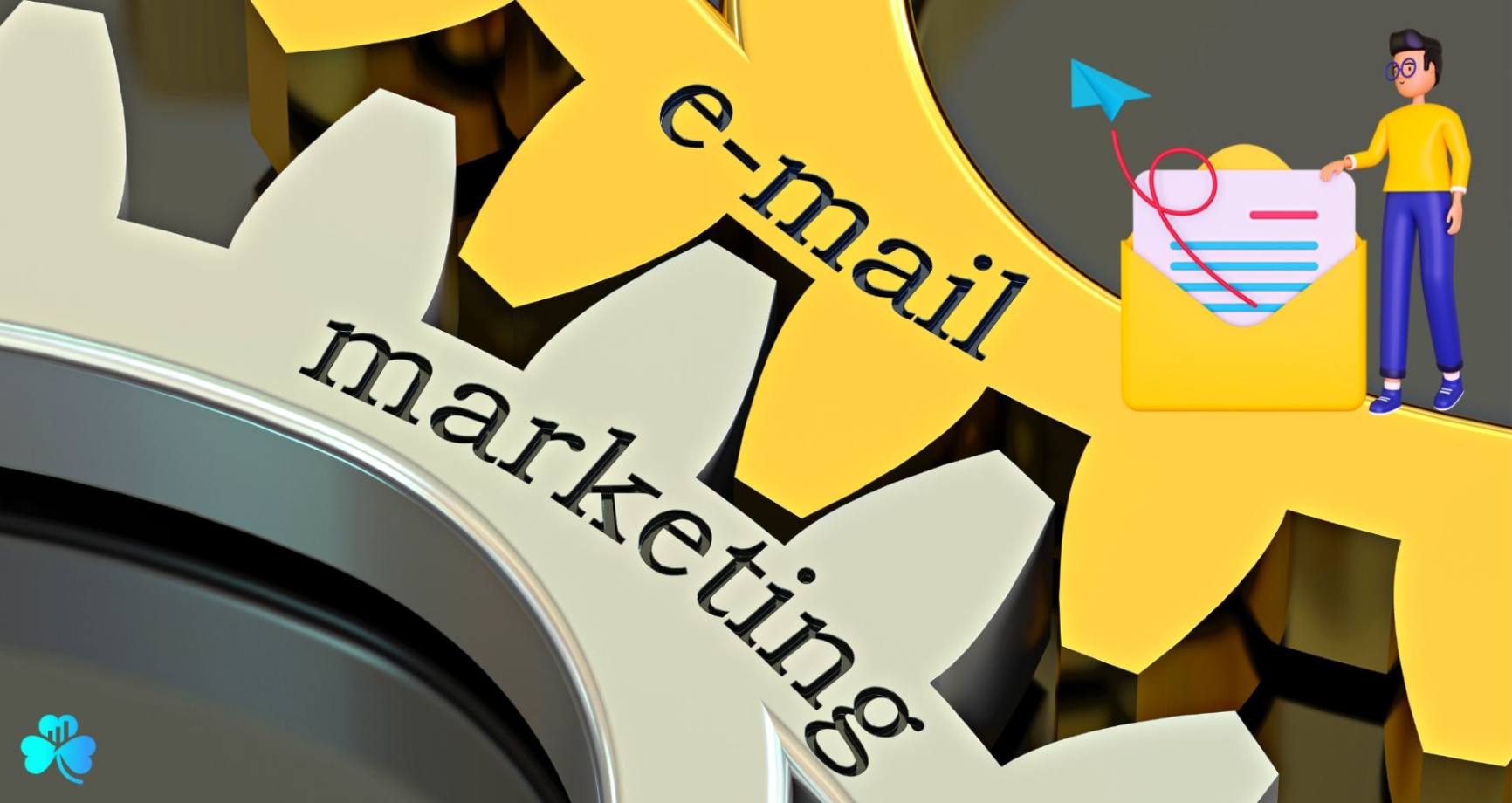
Build an email list by offering a lead magnet like a free e-book or a checklist, and send out newsletters with links to your new blog posts.
►Search Engine Optimization (SEO):
Optimize your blog for search engines by using keywords in your content, meta descriptions, and URL structure.
This can help your blog rank higher in search engine results and attract more organic traffic.
By promoting your blog through social media, guest posting, networking, email marketing, and SEO, you can attract more readers and build a loyal following for your blog.
Step #6: Monetize Your Blog
If you're looking to turn your blog into a source of income or make a money blog, there are several ways to monetize your blog. Here are some of the most popular methods for making money :
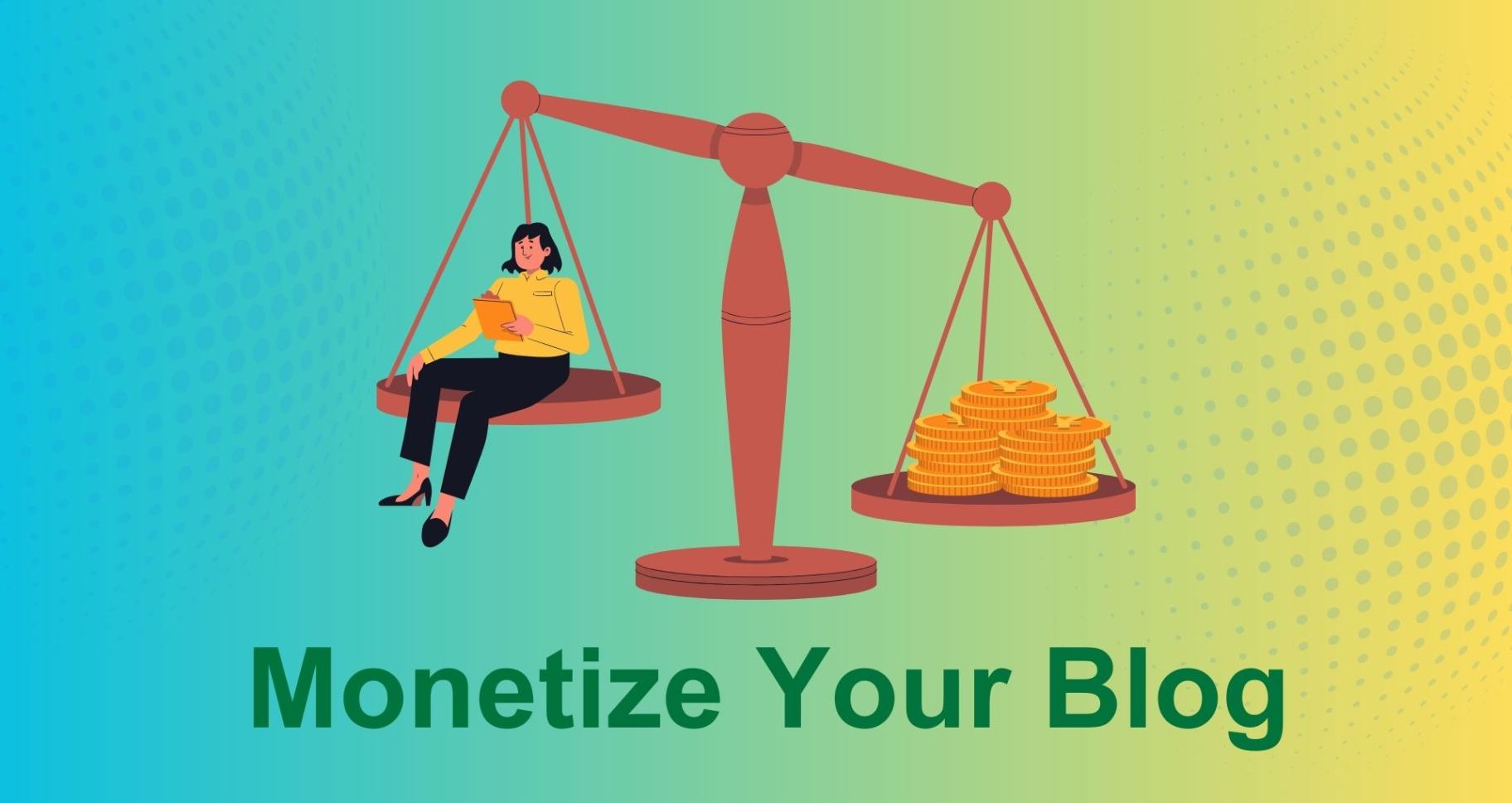
►Advertising
This is when you display ads on your blog and get paid when people click on them or when they're displayed on your blog.
Ads are a common way to monetize and generate cash from a blog. Google AdSense and other platforms make it simple to get started with display ads, affiliate marketing, sponsored posts, and sponsored content.
It is critical to creating a balance between profitability and user experience since too many advertisements can overwhelm visitors and negatively damage their experience on your blog.
To ensure honesty with your readers, always disclose any sponsored material or affiliate links.
Running advertising should be viewed as an additional money stream, not the primary purpose of your blog.
To get started with advertising, you can sign up for ad networks like Google AdSense or Media.net.
►Affiliate Marketing
This is when you promote a product or service on your blog and get a commission when someone buys it through your unique link.
For example, if you have a cooking blog and promote a cookbook, you can get a commission when someone buys it through your link.
To get started with affiliate marketing, you can sign up for affiliate programs like Amazon Associates, Adworkmedia or Mobidea.
See also our post: 21 Best CPA Networks For Beginners In 2023 [Fast Approval]
►Sponsored Content,
This is when a company pays you to create blog content promoting its product or service.
For example, if you have a blog about fashion and a clothing company wants you to write a post about their new collection, they will pay you to do so.
To get started with sponsored content, you can reach out to companies that are relevant to your niche or sign up for sponsored content platforms like Cooperatize or Izea.
►Selling Products
If you have a product or service to sell, you can use your blog to promote it and generate sales.
For example, if you have a blog about fitness and you sell workout plans, you can promote them on your blog and generate sales.
To get started with selling products, you can set up an online store on your blog or use platforms like Etsy or Shopify.
see also our post: Shopify Advantages And Disadvantages | Do They Balance Out?
►Donations
You can also ask your readers to support your blog by making a donation. Some bloggers use platforms like Patreon or Ko-fi to receive donations from their readers.
It's important to keep in mind that monetizing your blog should not compromise the quality of your content or the trust of your readers.
Be transparent about any sponsored content or affiliate links, and only promote products or services that you believe in and that are relevant to your audience.
This will help you make a successful money blogging platform.
Step #7: Monitor Traffic and Engagement Metrics to Improve Performance
Once your blog is up and running, monitoring your traffic and engagement metrics is important to improve your blog's performance. Make sure you follow the setup process for google search console, this is important to get your site indexed. Here are some metrics to keep an eye on:
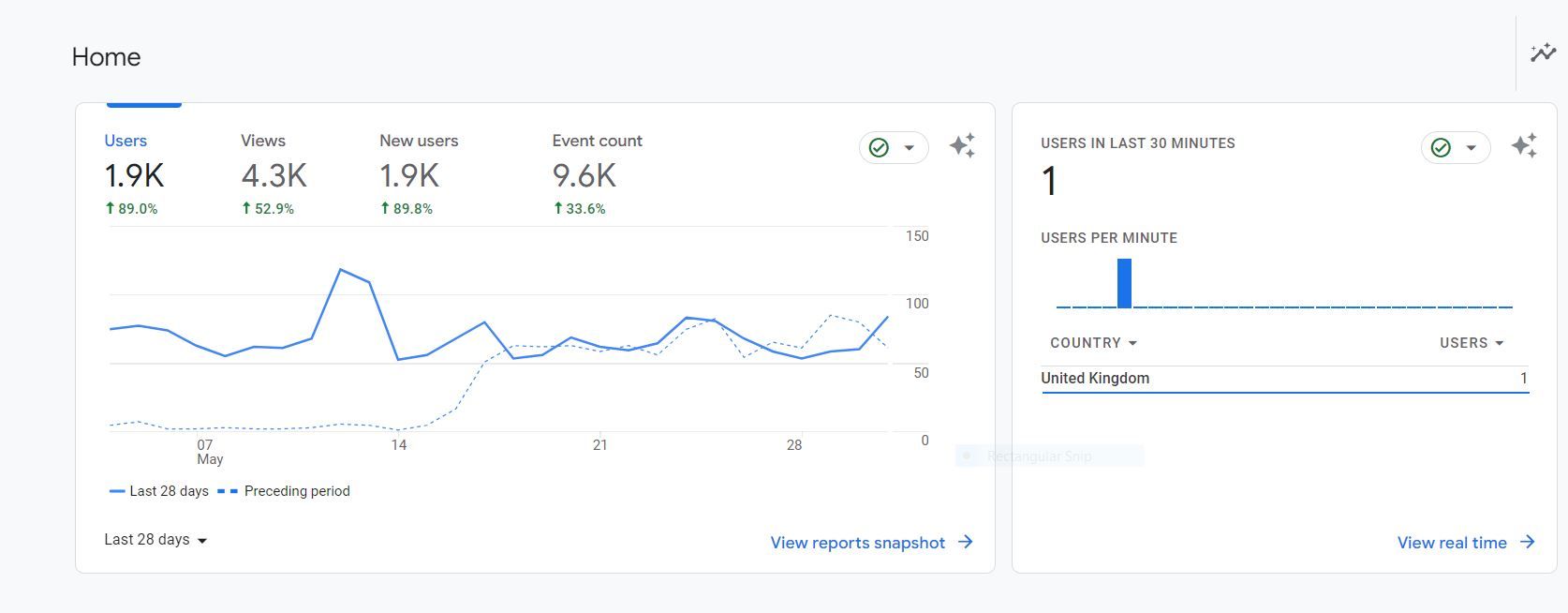
►Traffic
Track your blog's search engine traffic to see how many visitors you're getting each day, week, and month.
You can use tools like Google Analytics to get detailed insights into your traffic sources, bounce rate, and page views.
For this, you need to set up your website's google analytics account and link it to google search console before you start monitoring the performance and how much traffic you get.
►Engagement
Monitor your engagement metrics, like comments, shares, and likes to see how your readers are interacting with your content.
This will give you an idea of what kind of content resonates with your audience and what you should focus on in the future.
►Conversion Rate
If you're monetizing your blog, track your conversion rate to see how many visitors convert into paying customers.
This will help you optimize your sales funnel and improve your blog's profitability.
►SEO Performance
Keep an eye on your blog's search engine optimization (SEO) performance to see how your content is ranking on search engines like Google.
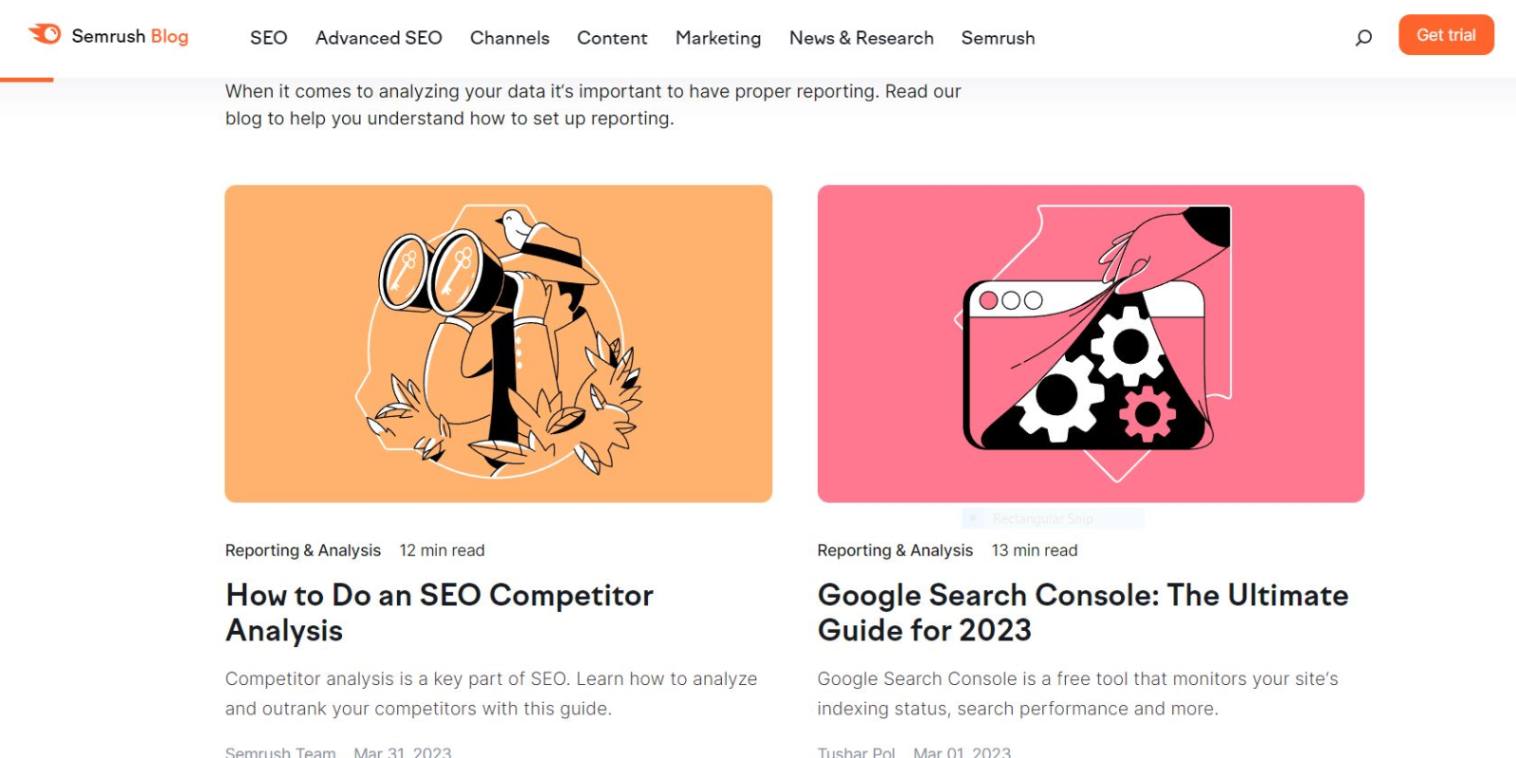
Use tools like Semrush, Ahrefs, and Keysearch (best value) to track your keyword rankings and optimize your content for better SEO.
►Social Media Metrics
If you're promoting your blog on social media, track your social media metrics like followers, likes, and shares to see how your social media efforts are impacting your blog's performance.
By monitoring these metrics, you can identify areas for improvement and optimize your blog for better performance.
Use the insights you gather to create more engaging content, improve your SEO, and optimize your monetization strategy.
So this is how you can start a blog or money blogging from scratch and turn it into your passive income source.
All the steps mentioned above are easy to follow, and it's essential to carefully follow each step in order to be successful in your blogging journey.
The Challenges that You Might Face During Blogging
By going through the steps, you must have thought to quickly start your blog right now.
But wait, there might be some challenges that you could face during your blogging journey. Here are some of the most common challenges:
1. Finding Time:
Blogging requires time and commitment. Balancing your blog with other responsibilities like work, family, and social life can be challenging.
You need to create a schedule and stick to it to ensure that you're consistently producing high-quality content.
2.Writer's Block:
Coming up with new and engaging topics to write about can be difficult. You may experience writer's block or feel like you're running out of ideas.
It's important to stay inspired and find new sources of inspiration to keep your content fresh.
3.Technical Issues:
Blogging involves using technology, and technical issues can arise. For example, your website may experience downtime, or you may have difficulty with formatting or uploading content.
It's essential to be familiar with the technical aspects of blogging and have a plan in place to address any issues that may arise.
4. Competition:
There are millions of blogs out there, and competition can be fierce. Standing out in a crowded niche and attracting a loyal audience can be challenging.
You need to find ways to differentiate yourself and create unique content that resonates with your readers.
5. Monetization:
Monetizing your blog can be challenging, especially if you're just starting. You need to have a solid monetization strategy and work hard to attract advertisers or sell products to generate revenue.
By being aware of these challenges, you can prepare to overcome them and succeed in your blogging journey. Remember to stay committed and inspired and learn and grow as a blogger.
Read our in-depth review: 15 Cons of Blogging: The Hidden Pitfalls You Need to Know
FAQs
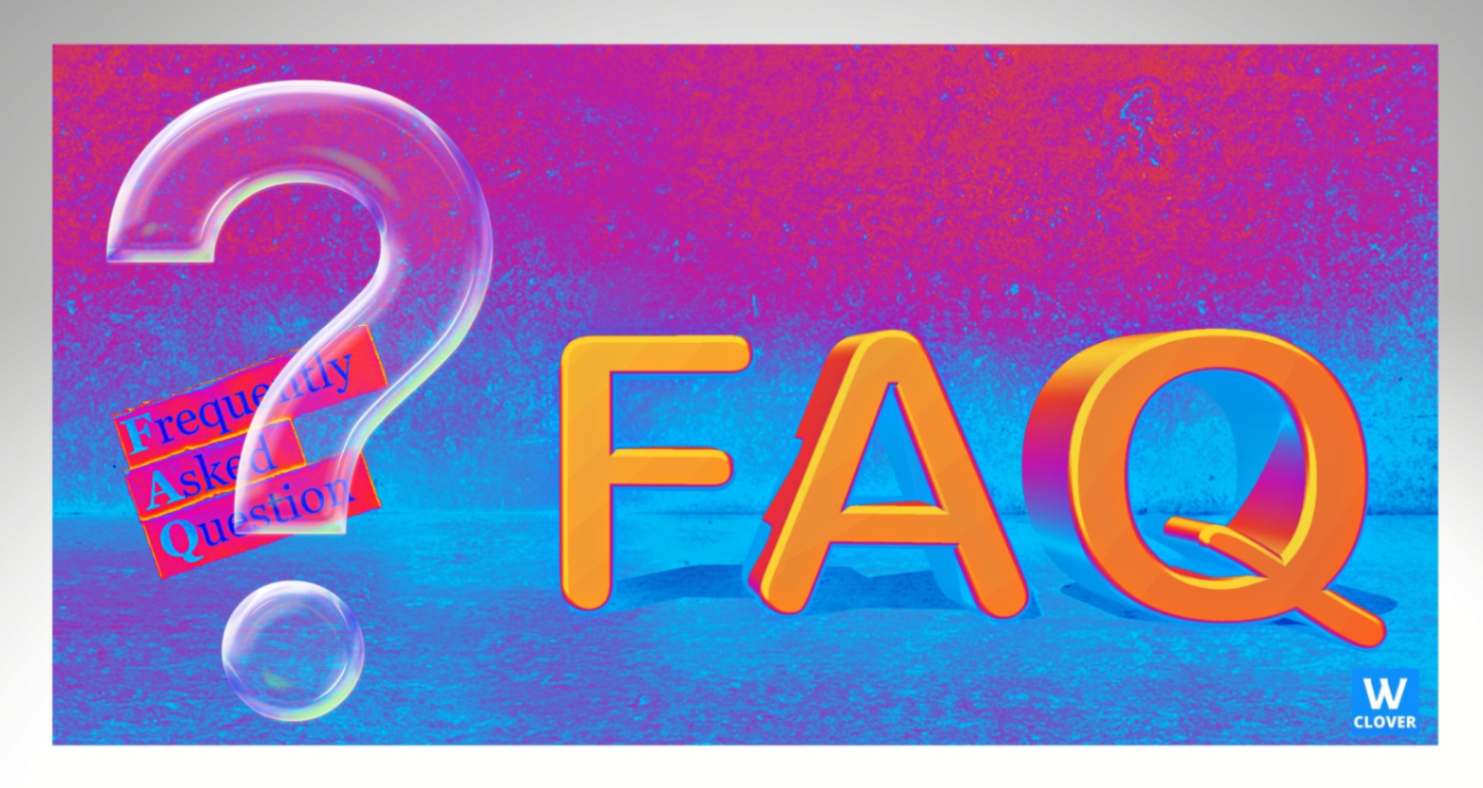
We know that there are lots of questions roaming your mind. So, here are some common questions that come into everyone's mind.
Is starting a blog from scratch worth the time and effort?
Starting a blog from scratch can be worthwhile if you have a passion for writing, want to share your knowledge with others, or want to build a personal brand.
However, creating high-quality content, building an audience, and monetizing your blog require time and effort.
How much time and effort do I need to invest in starting a blog from scratch?
Starting a blog can take some time and effort, particularly in the beginning stages. You will need to create content, promote your blog, and interact with your audience.
However, the amount of time and effort required will depend on your goals and how much time you can devote to your blog.
How much does it cost to start a blog from scratch?
The cost of starting a blog from scratch can vary depending on the platform you choose, your hosting plan, and any additional tools or resources you need.
You can start a basic blog for free on platforms like WordPress.com, but if you want more control and customization options, you may need to invest in a domain name, hosting, and a premium theme.
Can you make money from blogging?
Yes, it's possible to make money from blogging through advertising (google adsense), affiliate marketing (by inserting an affiliate link into your content) , sponsored content, selling products, and donations.
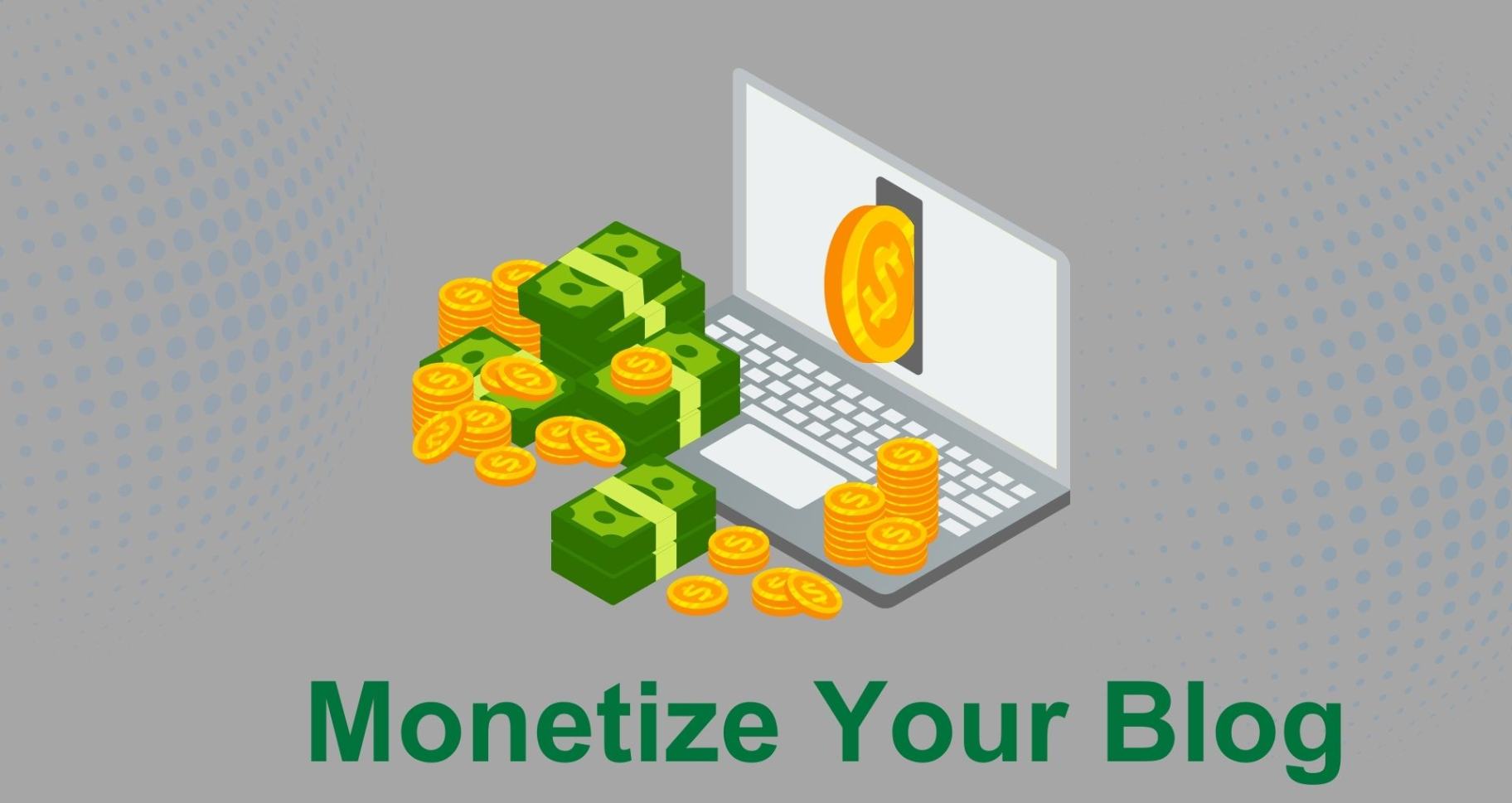
However, generating significant revenue from your blog takes time, effort, and a solid monetization strategy.
How often should you write and post on your blog?
The frequency of your writing blog posts depends on your niche, audience, and personal preference.
However, it's important to post consistently and regularly to keep your audience engaged and attract new readers.
Aim for at least one post per week to start, and adjust your frequency based on your performance metrics.
Do I need to have prior writing experience to start a blog?
No, you don't need to have any prior writing experience to start a blog.
Anyone can start a blog regardless of their background or experience.
However, having a passion for writing or a particular topic can be helpful in creating engaging content.
Final Thoughts

In conclusion, to start blogging from scratch can be a fulfilling and rewarding experience for those with a passion for writing and a desire to share their knowledge.
It can bring numerous benefits, such as building a personal brand, gaining expertise in a particular field, and potentially earning a passive income.
However, it's important to keep in mind that creating a successful blog online takes time, effort, and dedication.
It requires consistency, quality content, and a willingness to engage with your audience.
If you want to succeed you need to treat it as a business and choose carefully your niche and SEO research.
If your articles do not rank in the top 10 no one will see them, and your efforts will have been all in vain!
If you enjoyed this article please help us by sharing on social media, it means a great deal to us, thanks..
SUGGESTED ARTICLES

What are content pillars? Here are the 6 steps to create them
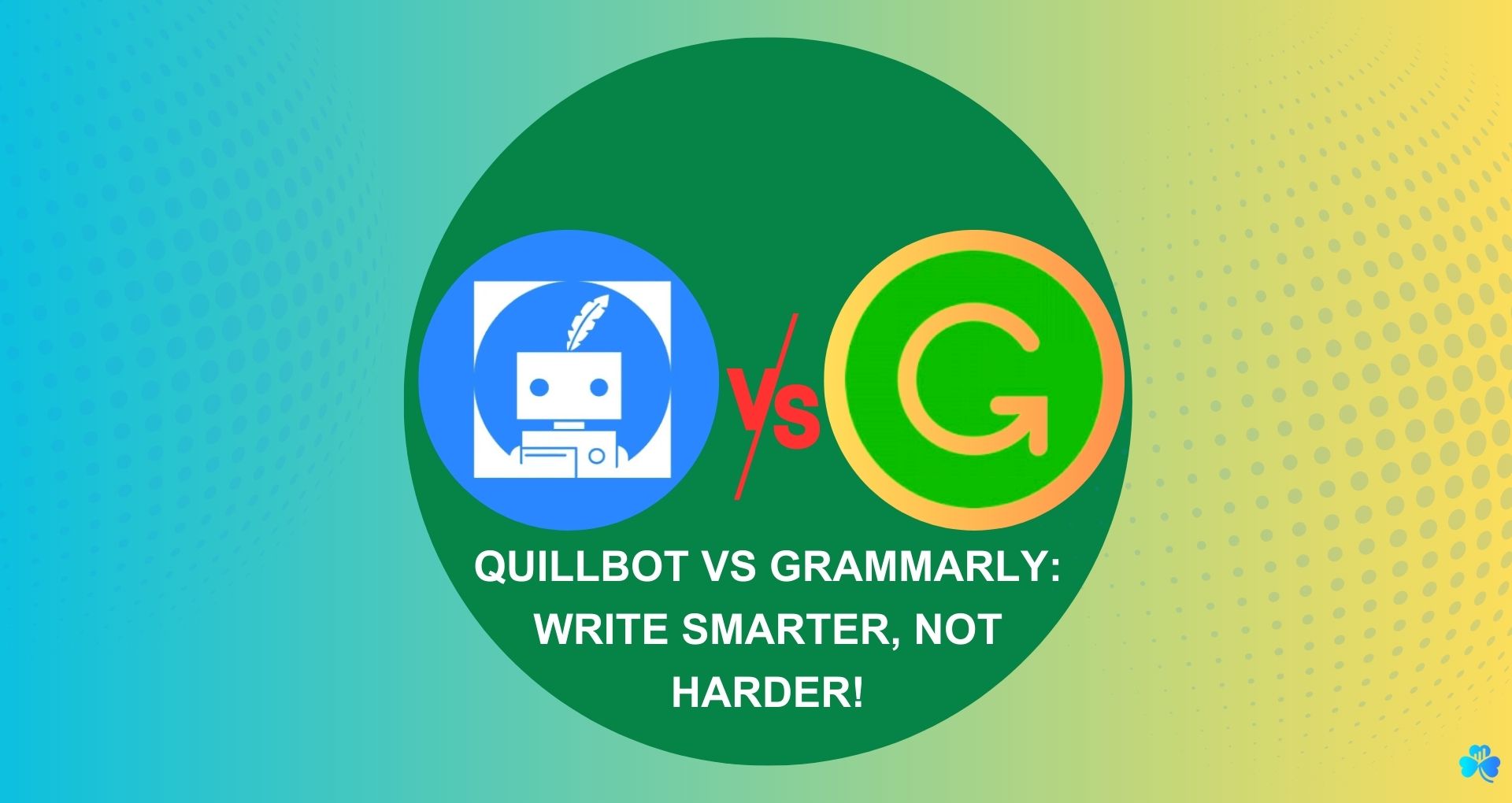
Quillbot vs Grammarly: Write Smarter, Not Harder – Who Wins?
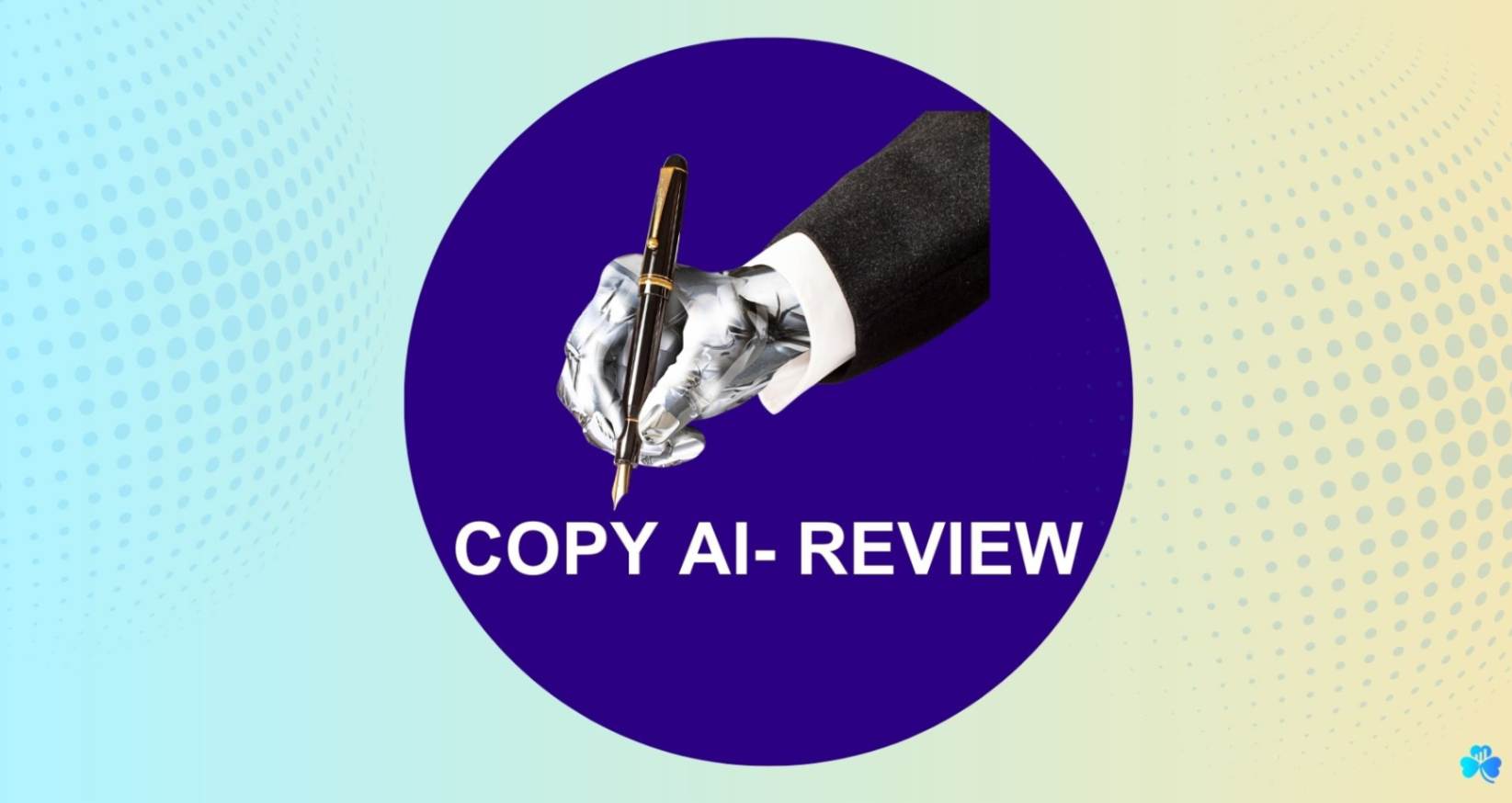
Copy AI Review: Transforming Your Copywriting Process [2023]
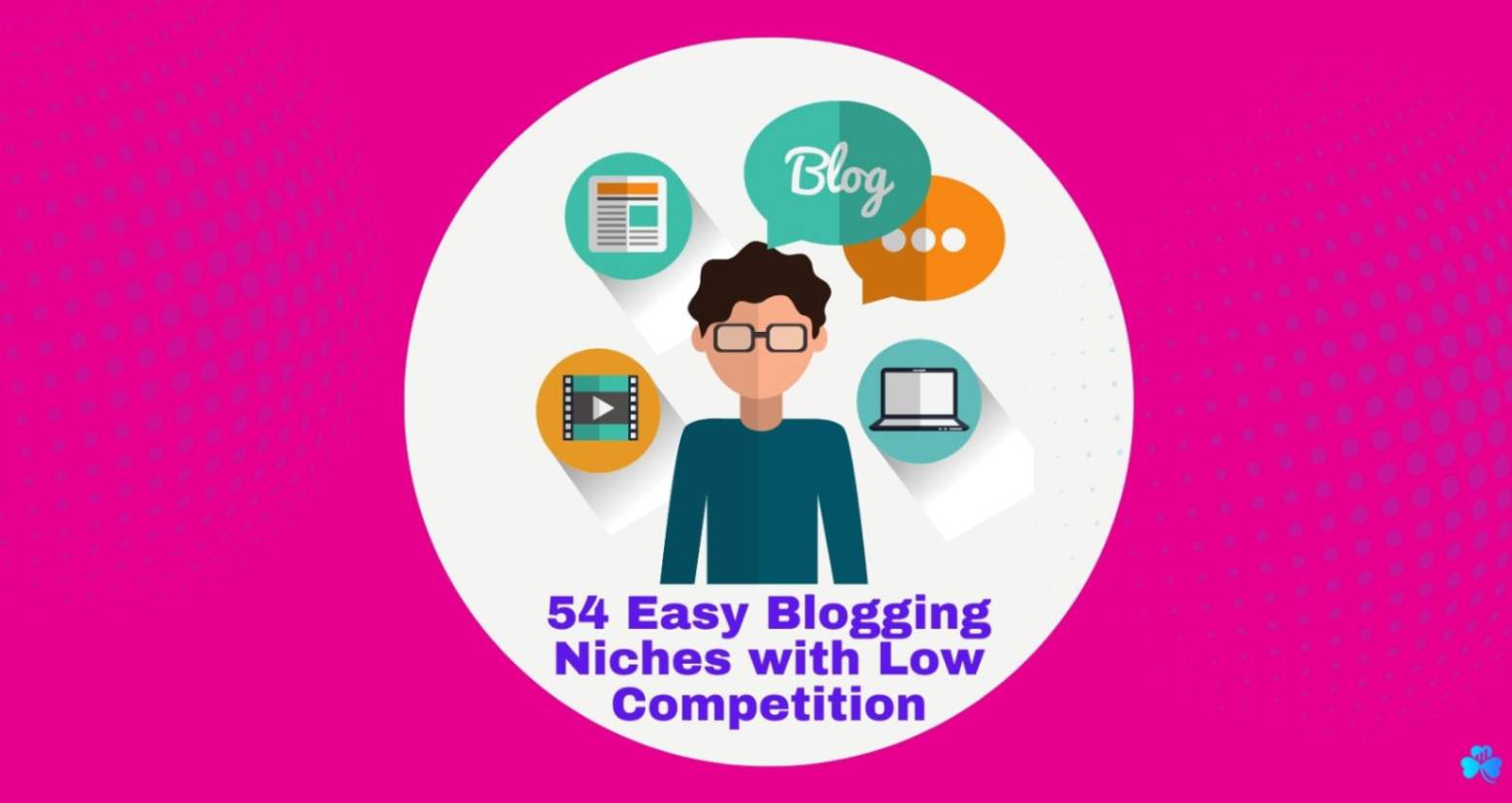
54 Easy Blogging Niches with Low Competition In [2023]
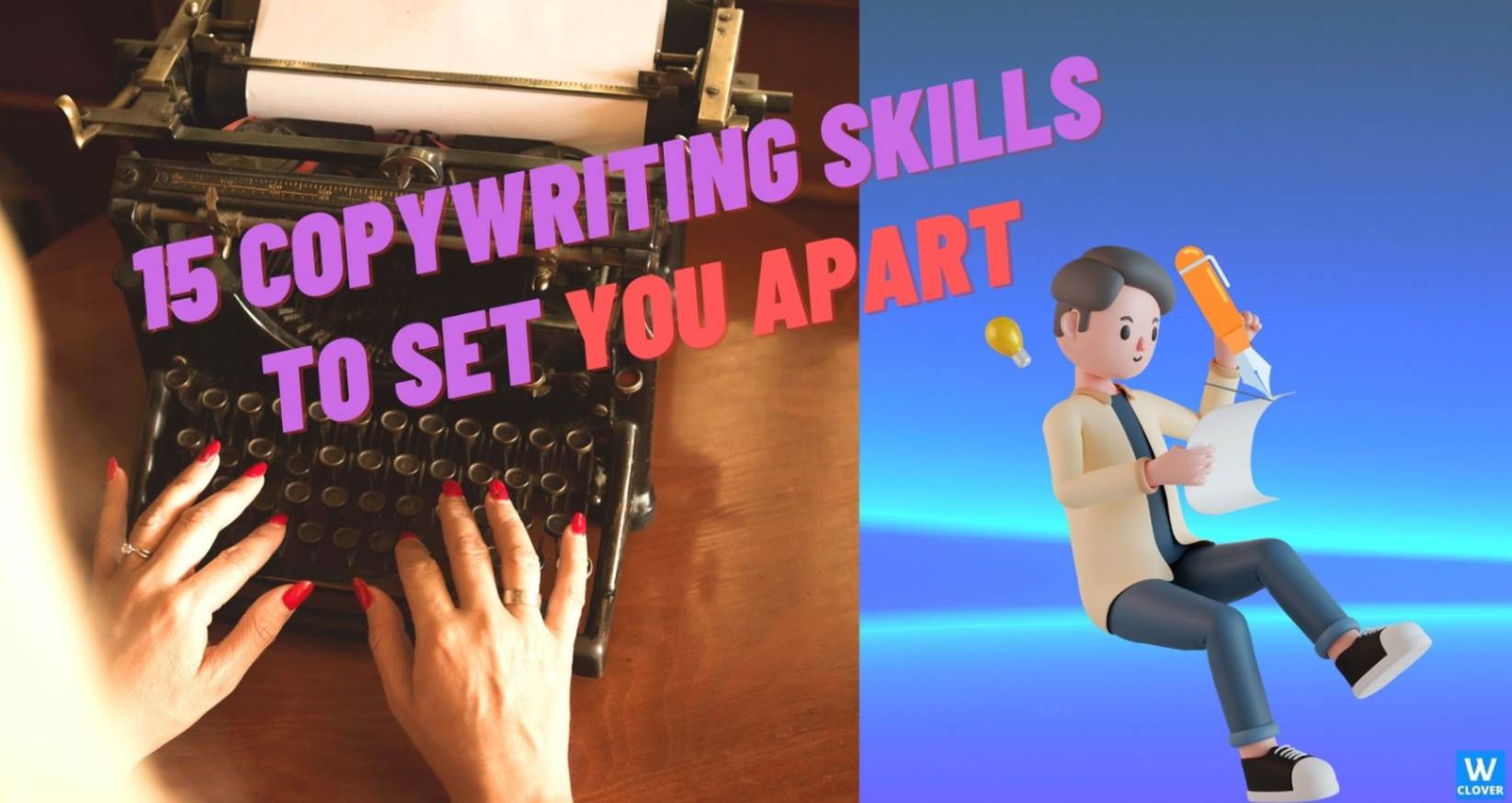
15 Copywriting Skills To Set You Apart In [2023]
